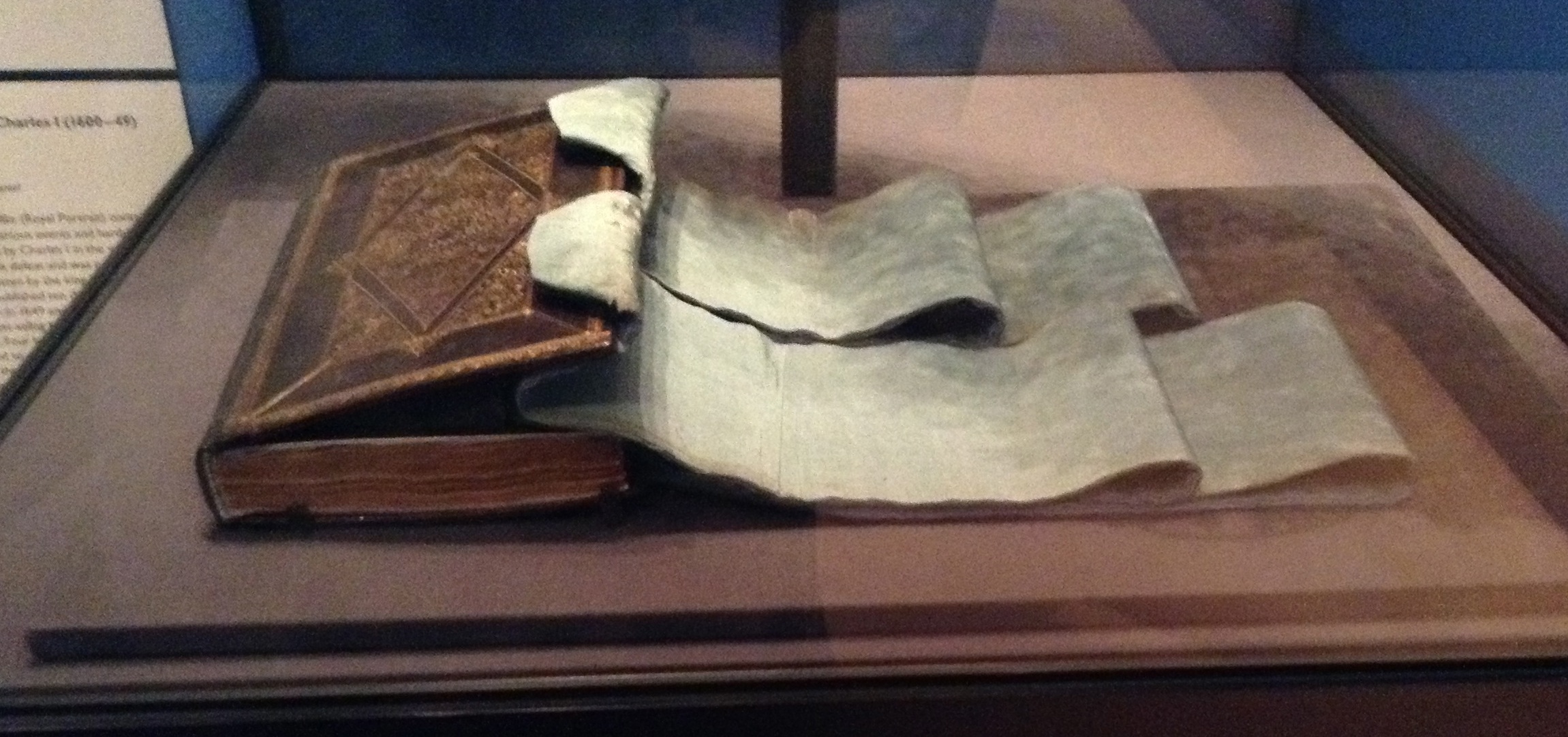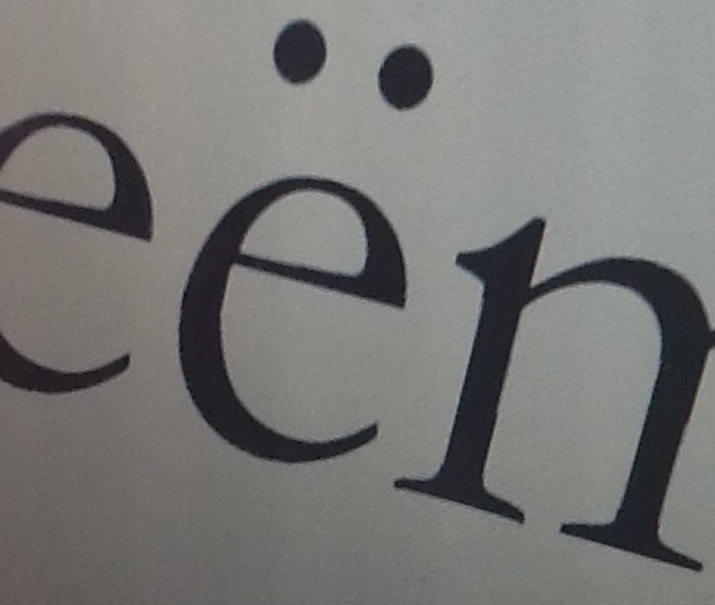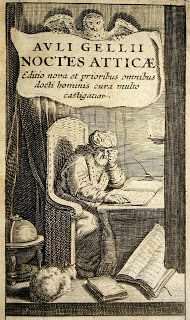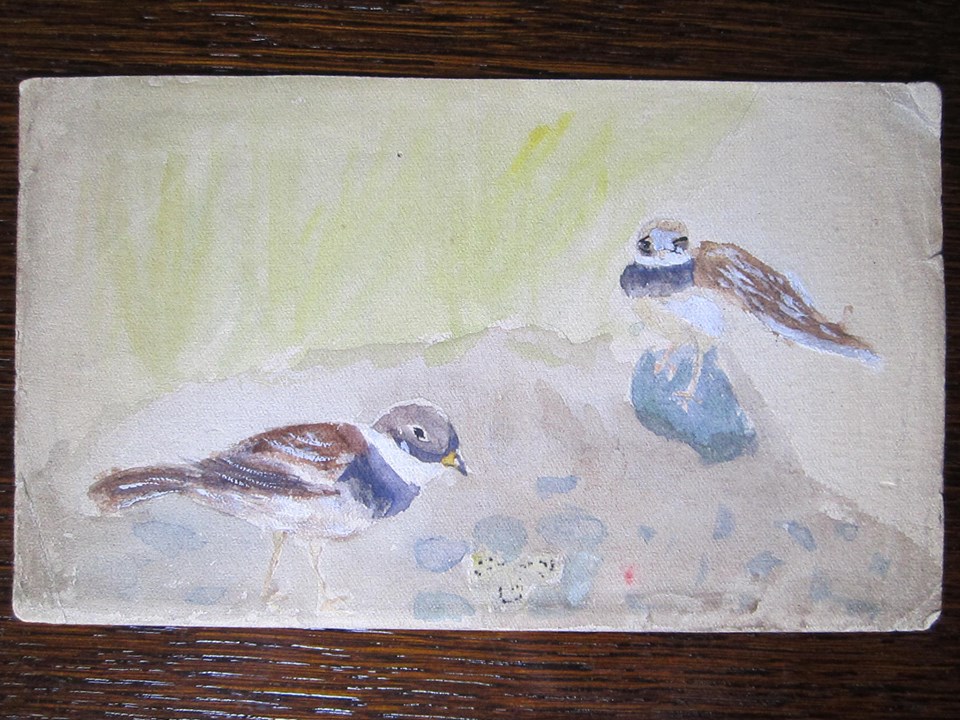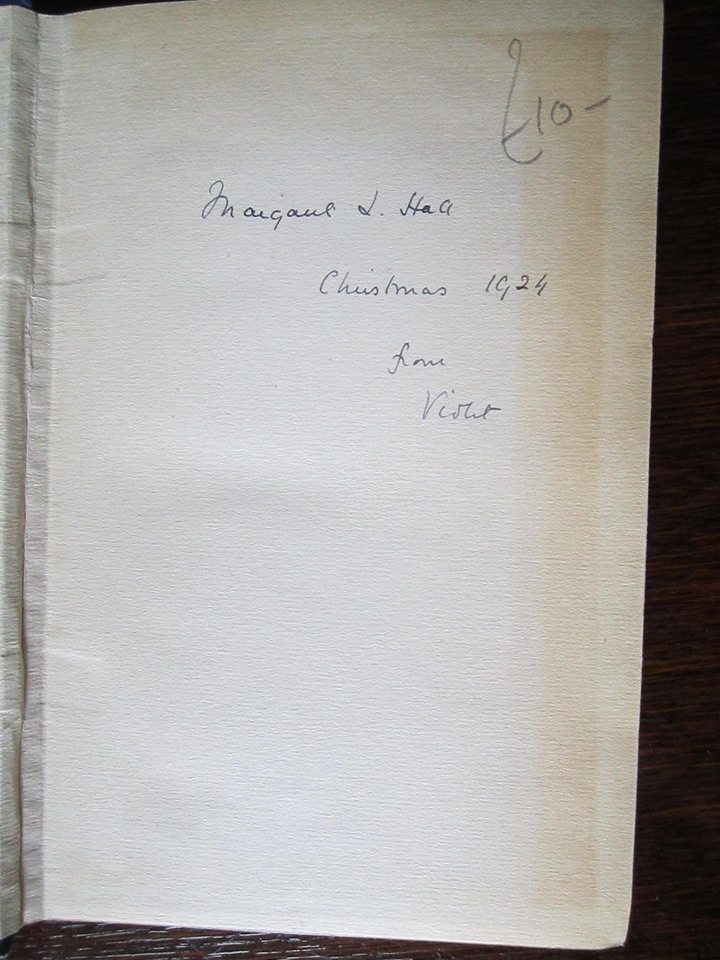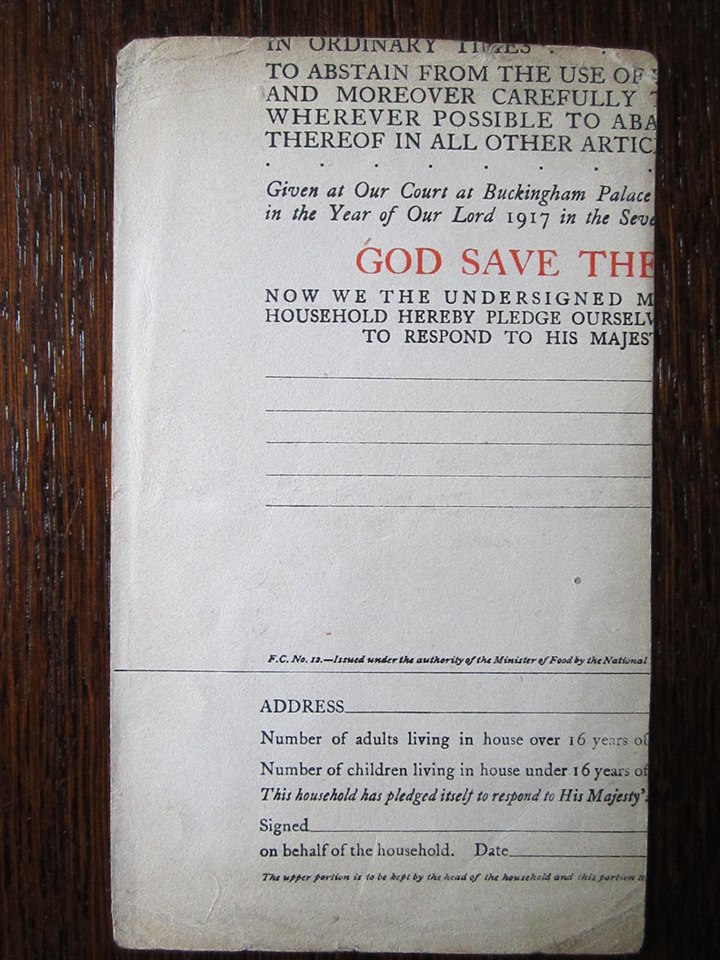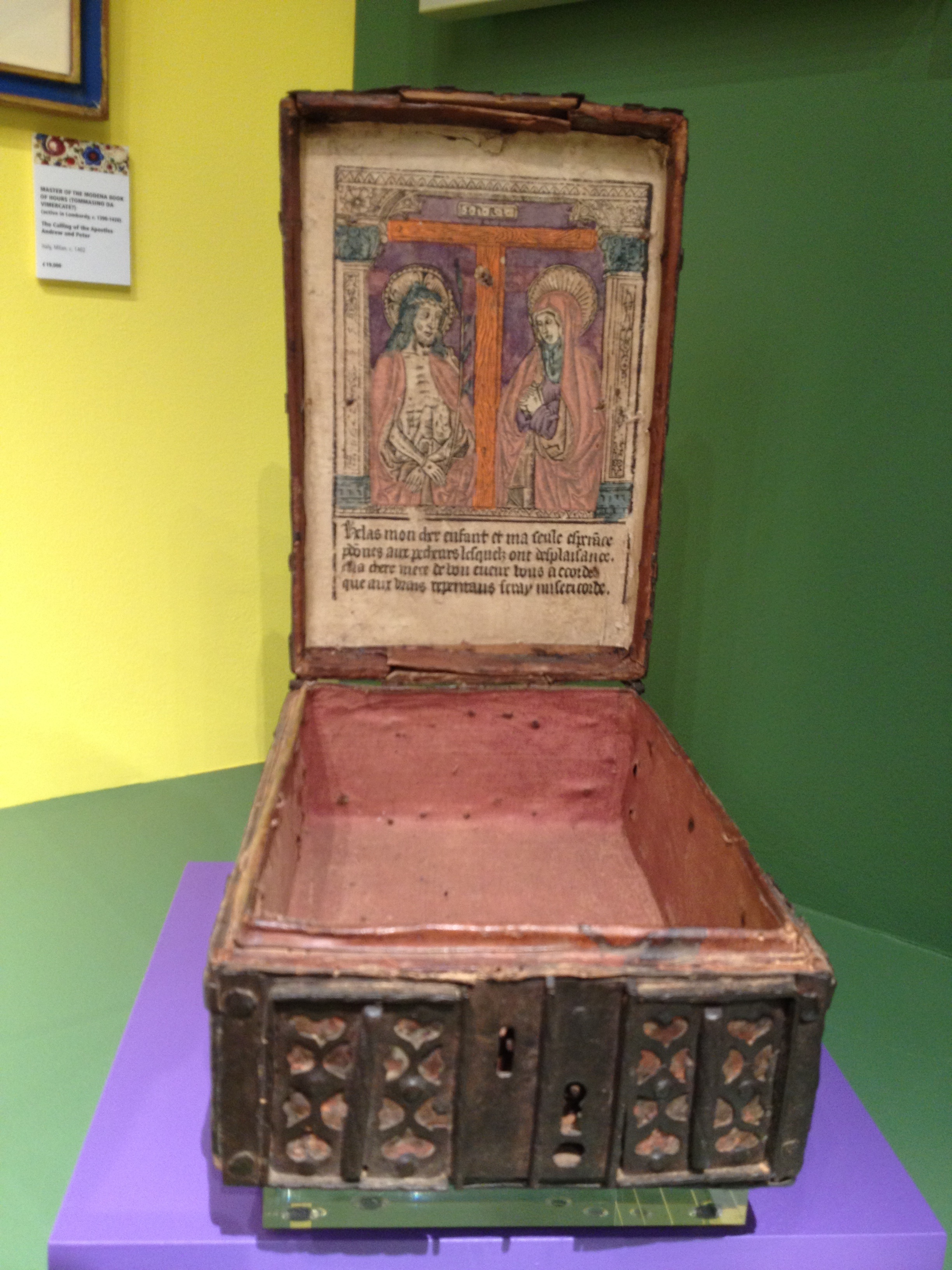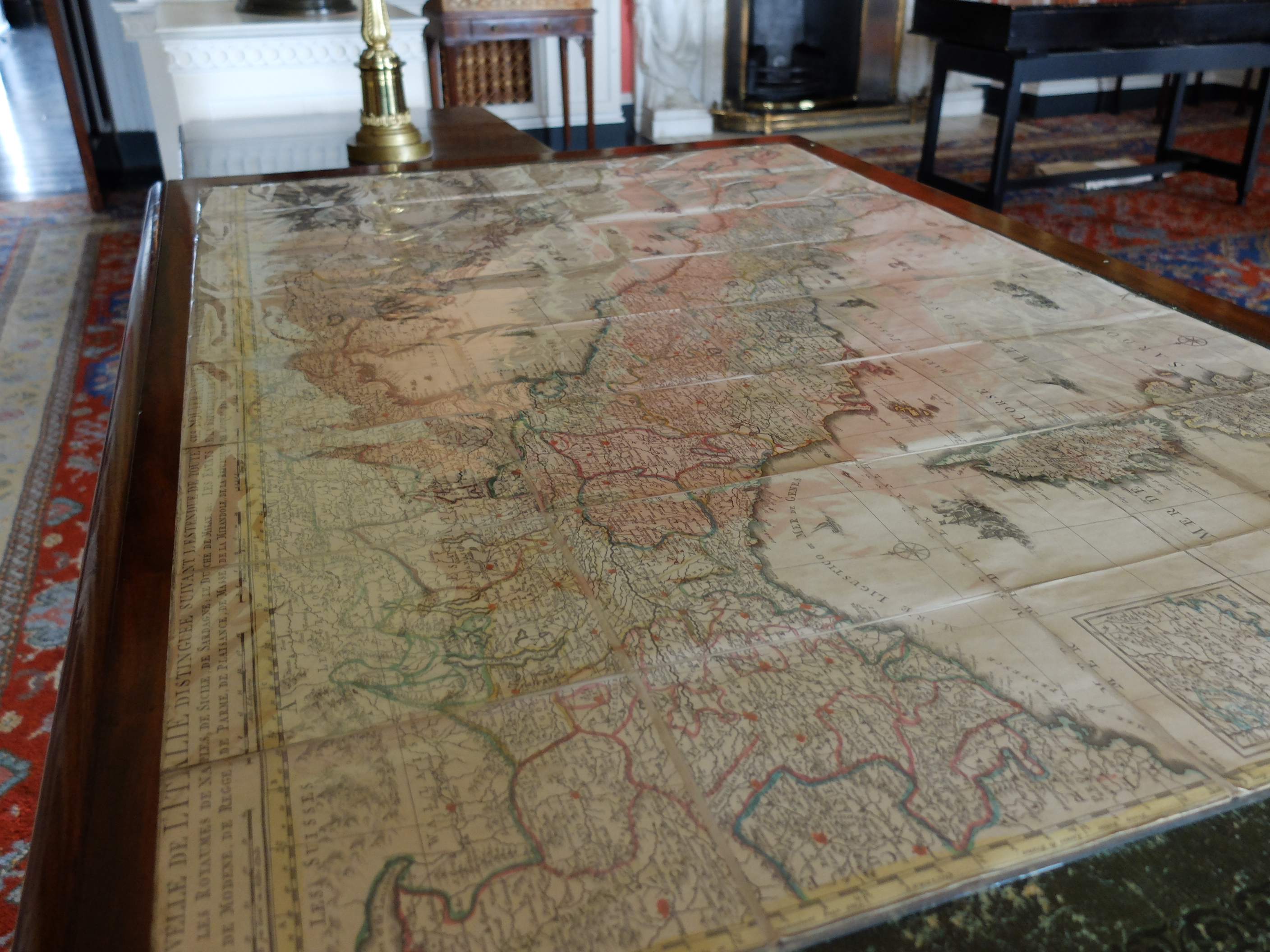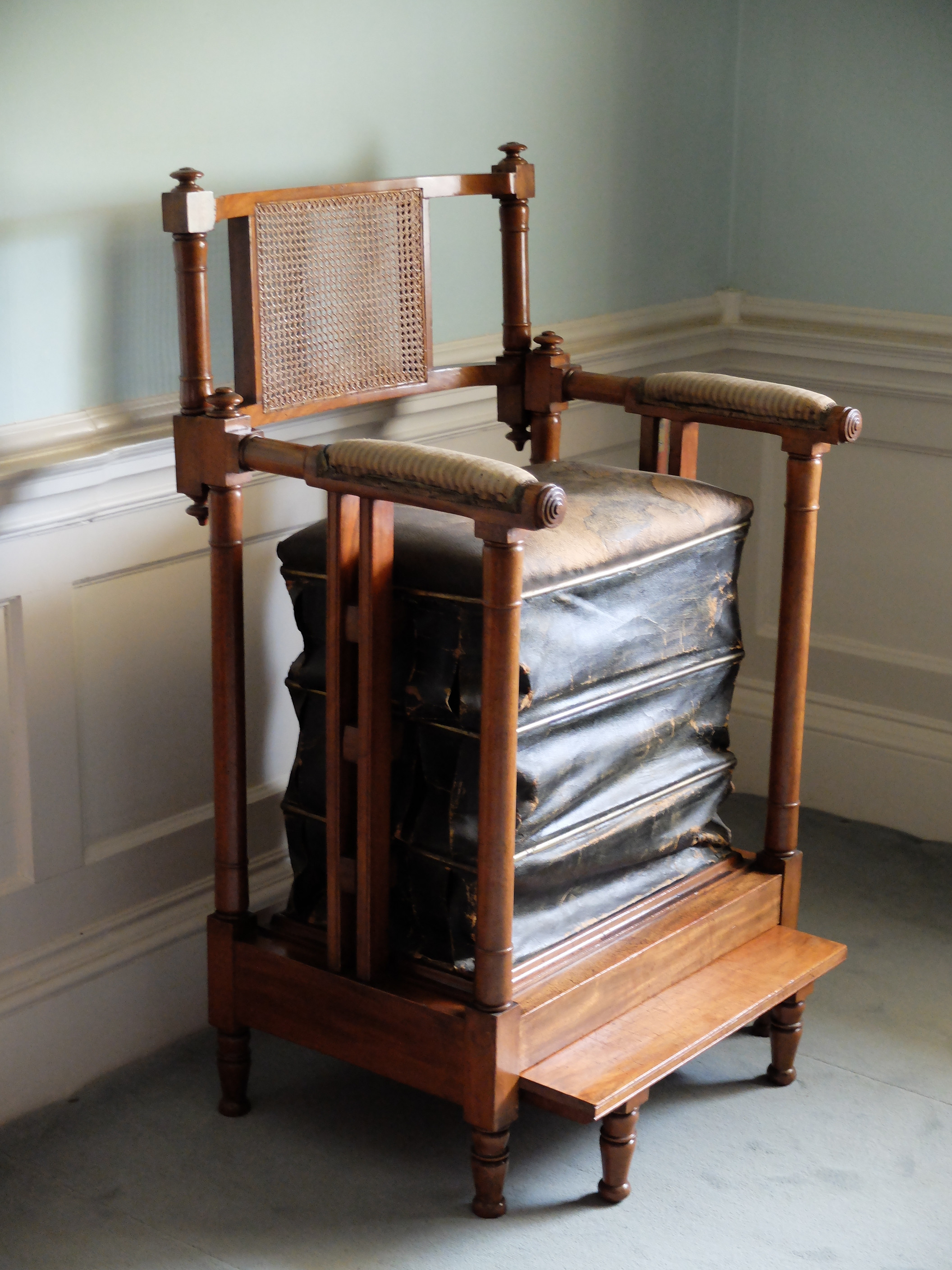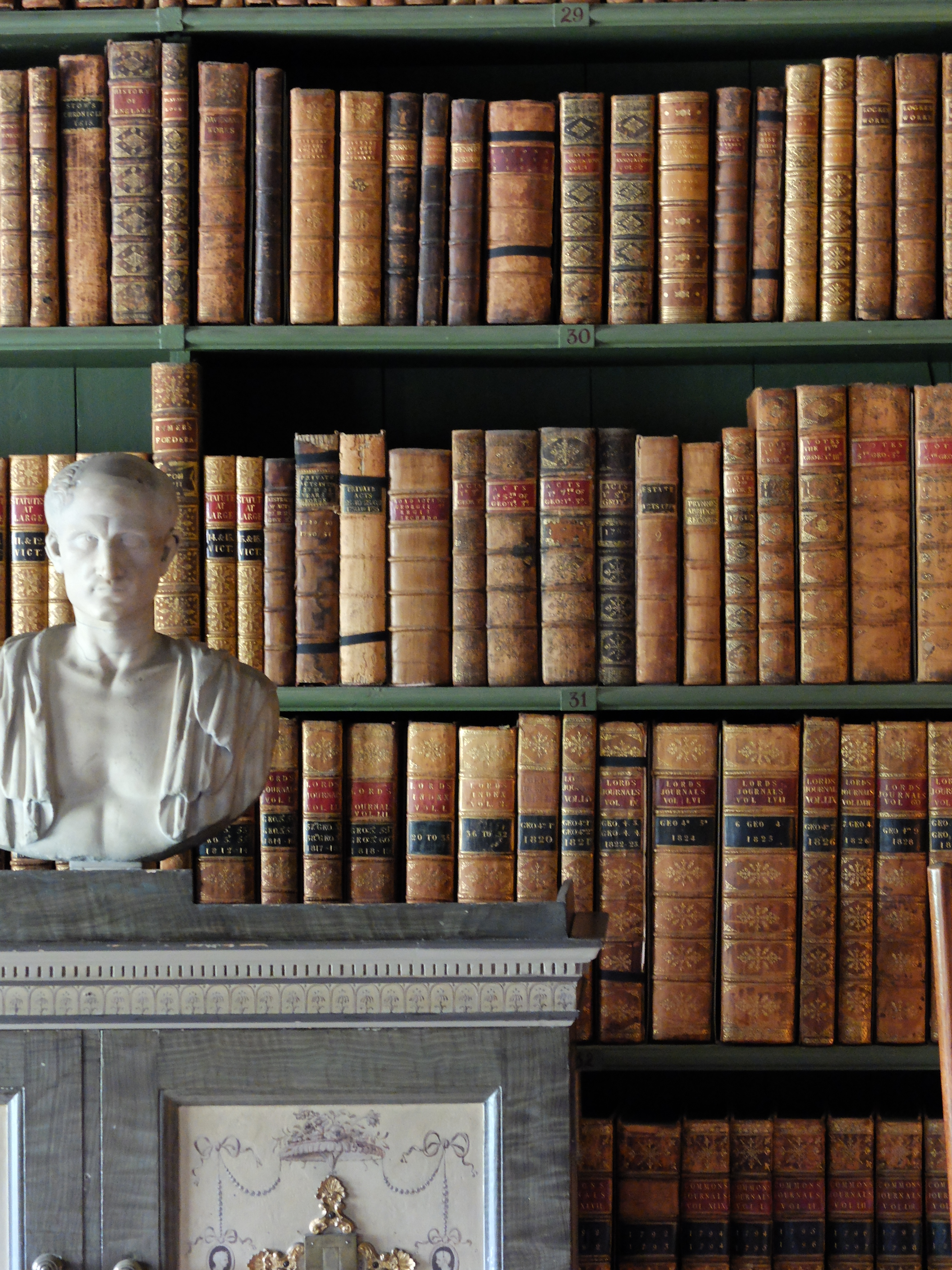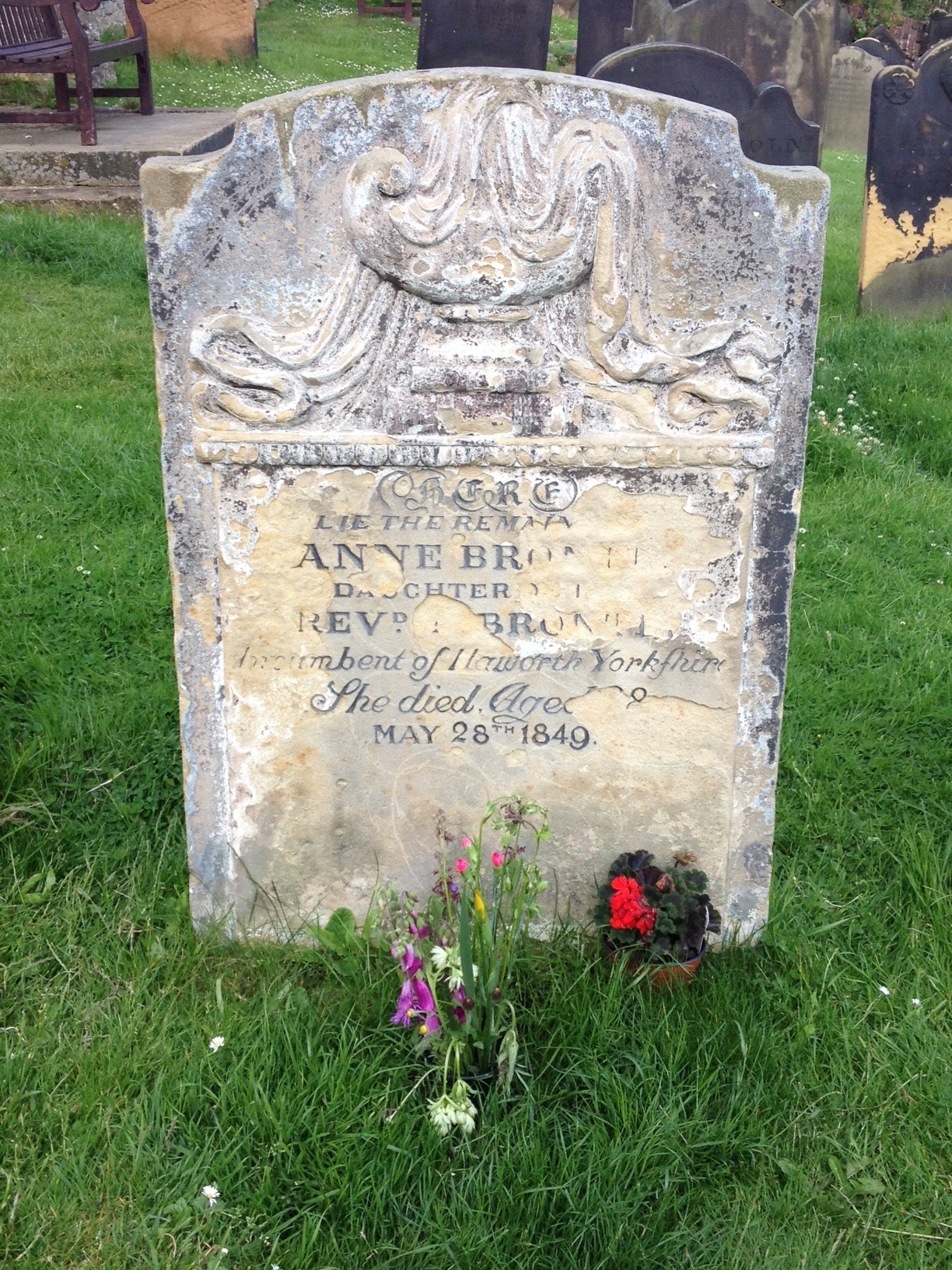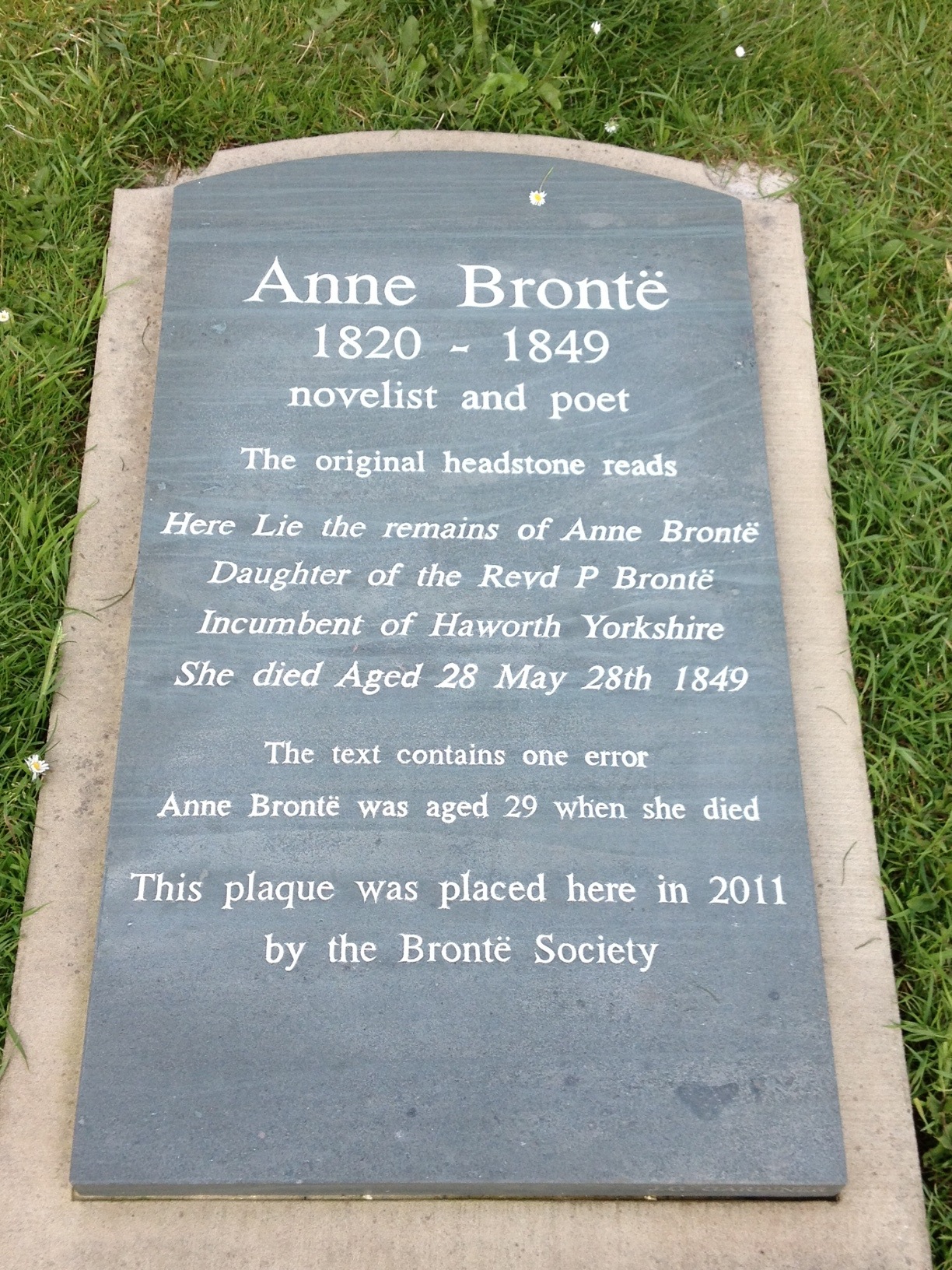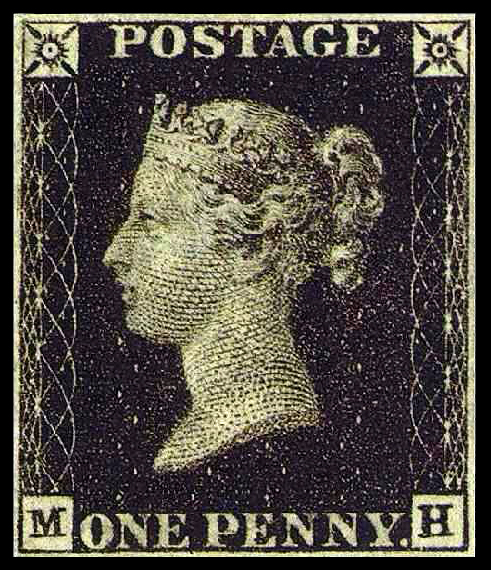Some clever people at the University of Antwerp 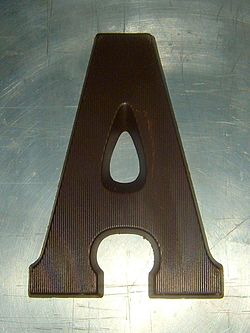 have discovered that shoppers will change their behaviour if the scent of chocolate is wafted through a bookshop. Apparently, people gravitate towards romances and the cookery section, becoming 3.5 times more likely to look at books in those categories, and 6 times more likely to buy them. But there’s no impact on the sales of crime novels or travel guides.
have discovered that shoppers will change their behaviour if the scent of chocolate is wafted through a bookshop. Apparently, people gravitate towards romances and the cookery section, becoming 3.5 times more likely to look at books in those categories, and 6 times more likely to buy them. But there’s no impact on the sales of crime novels or travel guides.
Clearly this is a research project that might run and run–is it really true, for example, that you are more likely to flog your house if you have brewed a pot of fresh coffee just before the prospective buyers arrive? But the results might also prompt us to reflect on the business of browsing–a word which can denote both open-ended shopping and a certain kind of semi-engaged skim-reading.
Moving through a bookshop we find ourselves browsing in both senses simultaneously, opening ourselves up to the variousness of the fare on offer in the books that we open up, exposing susceptibilities that can easily be swayed by subliminal signals like an unusual choice of font or a strange scent in the air. Browsing is a peculiarly heady experience, and one that keeps on drawing me back to real bookshops with all their smells and textures. Though if I catch myself buying any Mills & Boon, I may have to rethink…
